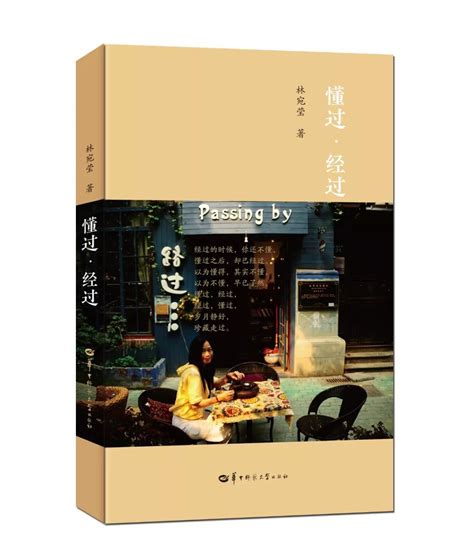文学意象的类型和特征
Exploring the Essence of Literary Imagination: Typical Imagery and Symbolism in Literature
In the vast realm of literature, imagery and symbolism serve as the lifeblood that infuses narratives with depth, resonance, and meaning. Through the evocative power of language, writers paint vivid pictures in the minds of readers, inviting them into worlds both familiar and fantastical. Let's delve into the essence of literary imagination by exploring some typical imagery and symbolism found across various genres and periods of literature.
Nature:
Nature has long served as a rich source of imagery and symbolism in literature, reflecting the human experience and providing a canvas for profound contemplation. From the serene beauty of a sunlit meadow to the tumultuous fury of a raging storm, nature's elements are often employed to convey a range of emotions and themes.
In William Wordsworth's poetry, for instance, the natural landscape becomes a mirror for the inner workings of the human soul, reflecting moments of joy, sorrow, and transcendence. In his famous poem "I Wandered Lonely as a Cloud," the image of a field of daffodils swaying in the breeze becomes a symbol of hope and inspiration, uplifting the spirit of the solitary wanderer.
Light and Darkness:
The interplay between light and darkness is another powerful motif in literature, representing the eternal struggle between good and evil, knowledge and ignorance, enlightenment and despair. From the stark contrast of light piercing through the darkness of night to the subtle nuances of shadow and illumination, this imagery is laden with symbolic significance.
In Joseph Conrad's "Heart of Darkness," for example, the dense jungle serves as a metaphorical landscape of moral ambiguity and existential dread, with light symbolizing the flickering beacon of civilization amidst the encroaching darkness of human depravity.
Journey:
The motif of the journey is a timeless archetype that transcends cultural boundaries, serving as a metaphor for personal growth, transformation, and selfdiscovery. Whether it takes the form of a physical expedition across vast landscapes or an inner voyage into the depths of the human psyche, the journey is a narrative device that resonates deeply with readers.
In Homer's epic poem "The Odyssey," the protagonist Odysseus embarks on a perilous voyage across the seas, encountering a host of challenges and obstacles that test his courage, wit, and resilience. Through his trials and tribulations, Odysseus undergoes a profound spiritual journey, ultimately returning home a wiser and more enlightened hero.

Symbols of Love and Death:
Love and death are perennial themes in literature, inspiring an endless array of symbols and metaphors that capture the complexities of human relationships and the inexorable passage of time. From the timeless allure of the rose to the haunting specter of the Grim Reaper, these symbols resonate deeply with readers, evoking a range of emotions from passion and longing to grief and acceptance.
In William Shakespeare's "Romeo and Juliet," for instance, the image of the rose serves as a symbol of love's beauty and fragility, blossoming amidst the thorns of familial strife and societal prejudice. Similarly, the motif of death pervades the play, casting a shadow over the young lovers' tragic romance and underscoring the transient nature of human existence.
In conclusion, imagery and symbolism are essential elements of literary expression, enriching narratives with layers of meaning and inviting readers on a journey of exploration and discovery. Whether drawing upon the natural world, the play of light and darkness, the metaphor of the journey, or symbols of love and death, writers harness the power of language to evoke emotions, provoke thought, and illuminate the human experience.










